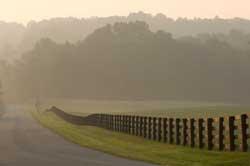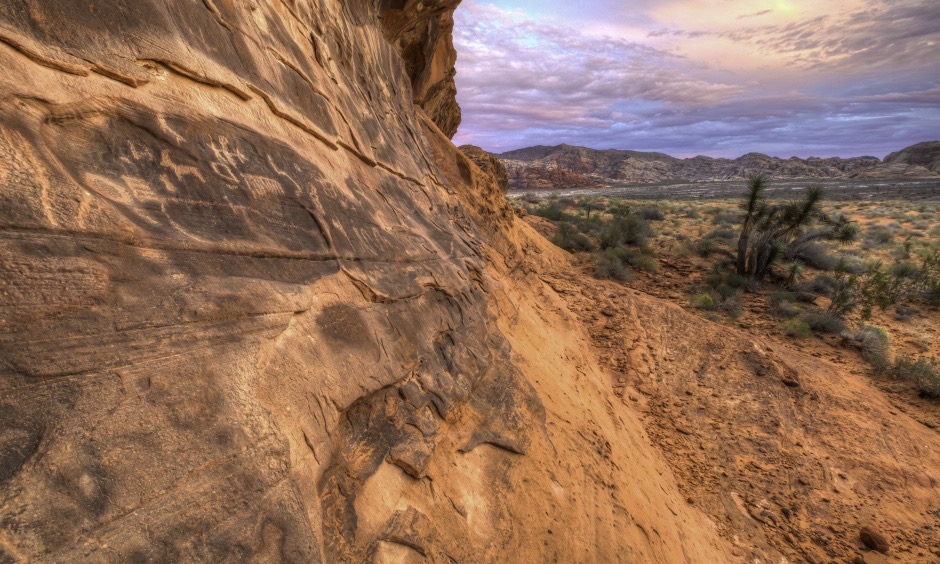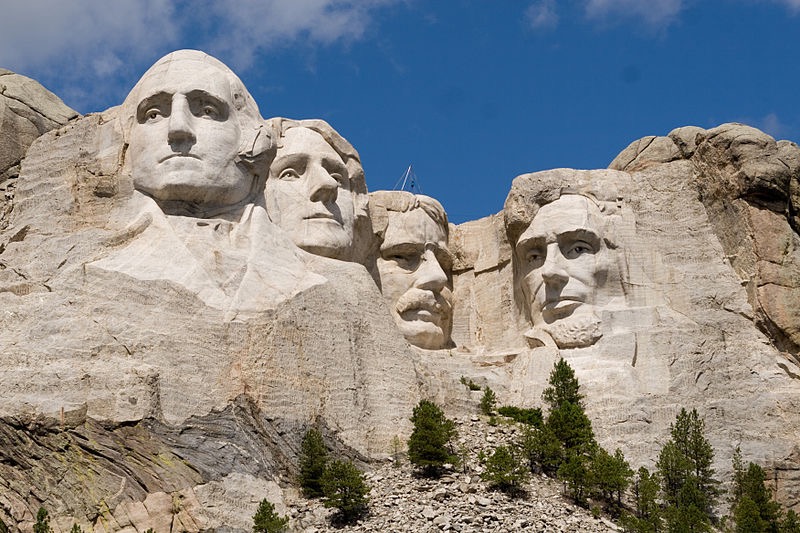To provide observations and information on the emerging fields of landscape scale conservation, heritage preservation, and sustainable community development.
Newsletter
Stay up-to-date with the latest nature, culture and community news.
We won’t spam you or share your information. Newsletters are sent approximately 10 times a year. Unsubscribe at any time.
1981 and 2017: What Can We Learn?
Flagging Sites of Universal Value

Take Notice: Trending for Large Landscapes
Every two years protected area managers, scientists, and every kind of experts on cultural and natural heritage gather at the George Wright Conference to present papers, engage in lively discussions and swap professional gossip at the bar. I always find these meetings to be the place to spot emerging ideas in the field. The 2017 meeting in Norfolk VA was no exception. So what is trending for large landscapes?

Federal Budget: First Look is not Promising
On March 16, 2017 the Whitehouse released its budget framework styled America First: A Budget Blueprint to Make America Great Again and the news was not great for programs that support large landscape conservation. For the FY 2018 the Department of Interior faces a proposed 12 % budget reduction and the Environmental Protection Agency is facing a 31% reduction. In general this brief document does not identify where the pain will fall except on the often pummeled National Heritage Areas. And while only the first step in the budget process, this proposal needs to be taken seriously.

US National Parks on the Southern Border
The landscape of the southern boundary of the United States is complex and evolving. Read three vignettes of the current conditions facing the National Parks in carrying out their mission on the border. Recent proposals to harden the infrastructure of the border, for example to build a wall, and to increase militarization and enforcement will not make accomplishing the agency’s mission any easier.

Listening to Zinke: The Landscape Ahead?
At his confirmation hearing on January 17, 2017, Representative Ryan Zinke (R MT) spoke up before the Senate Environment and Energy Committee and shared his vision for the position of Secretary of Interior. The leadership of the Department of Interior is central to the future of protecting the nation’s landscapes. Those who care about conservation at scale, protected areas, and our cultural heritage were listening carefully to what he had to say.

And Now for the Next Four Years
For years I have told my family and friends that I am one issue voter and my one issue is the United States National Park Service. Which political candidate is most committed to America’s best idea? Who embraces the vision that our parks and protected areas are part of the nation’s common wealth and should reflect the complex stories that make up our country? What party recognizes that government service has value and that protecting public lands is a collective enterprise? While it is a bit early to predict exactly how landscape scale conservation will fare in the next four years under President-elect Trump, review of his proposed agenda is instructive.

Take Notice: Trending for Large Landscapes
Every two years protected area managers, scientists, and every kind of experts on cultural and natural heritage gather at the George Wright Conference to present papers, engage in lively discussions and swap professional gossip at the bar. I always find these meetings to be the place to spot emerging ideas in the field. The 2017 meeting in Norfolk VA was no exception. So what is trending for large landscapes?

Federal Budget: First Look is not Promising
On March 16, 2017 the Whitehouse released its budget framework styled America First: A Budget Blueprint to Make America Great Again and the news was not great for programs that support large landscape conservation. For the FY 2018 the Department of Interior faces a proposed 12 % budget reduction and the Environmental Protection Agency is facing a 31% reduction. In general this brief document does not identify where the pain will fall except on the often pummeled National Heritage Areas. And while only the first step in the budget process, this proposal needs to be taken seriously.

US National Parks on the Southern Border
The landscape of the southern boundary of the United States is complex and evolving. Read three vignettes of the current conditions facing the National Parks in carrying out their mission on the border. Recent proposals to harden the infrastructure of the border, for example to build a wall, and to increase militarization and enforcement will not make accomplishing the agency’s mission any easier.

Listening to Zinke: The Landscape Ahead?
At his confirmation hearing on January 17, 2017, Representative Ryan Zinke (R MT) spoke up before the Senate Environment and Energy Committee and shared his vision for the position of Secretary of Interior. The leadership of the Department of Interior is central to the future of protecting the nation’s landscapes. Those who care about conservation at scale, protected areas, and our cultural heritage were listening carefully to what he had to say.

And Now for the Next Four Years
For years I have told my family and friends that I am one issue voter and my one issue is the United States National Park Service. Which political candidate is most committed to America’s best idea? Who embraces the vision that our parks and protected areas are part of the nation’s common wealth and should reflect the complex stories that make up our country? What party recognizes that government service has value and that protecting public lands is a collective enterprise? While it is a bit early to predict exactly how landscape scale conservation will fare in the next four years under President-elect Trump, review of his proposed agenda is instructive.


